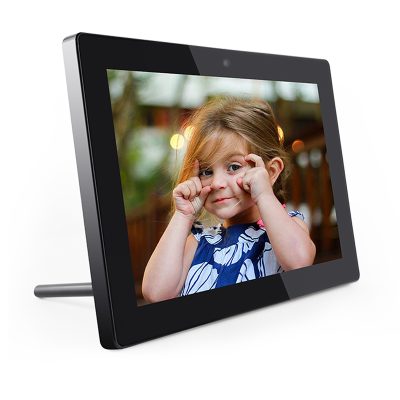Designing touch-friendly user interfaces (UIs) requires careful consideration of both aesthetics and functionality to create an intuitive and enjoyable user experience on touch screen devices. Here are some principles and best practices for designing touch-friendly UIs:
- Prioritize Touch Targets:
- Ensure interactive elements like buttons, icons, and links are large enough to be easily tapped with a finger. A minimum recommended touch target size is about 44 x 44 pixels, but larger targets are often more user-friendly.
- Spacing and Padding:
- Use adequate spacing between touch targets to prevent accidental taps. Ensure there’s enough padding around elements to make interactions comfortable and reduce the risk of mis-clicks.
- Consistent Layout and Gestures:
- Maintain a consistent layout throughout your interface. Common gestures like swiping, pinching, and tapping should behave predictably and consistently across the app or website.
- Visual Feedback:
- Provide clear visual feedback when a touch target is tapped or interacted with. For example, buttons can change color or have a subtle animation to indicate that they’ve been pressed.
- Hierarchy and Organization:
- Organize content and features logically, with the most important elements easily accessible. Use visual cues like size, color, and placement to convey hierarchy and importance.
- Finger-Friendly Fonts and Icons:
- Choose legible fonts and iconography. Ensure text is large enough to read comfortably without zooming, and icons are recognizable at a glance.
- Gesture Support:
- Consider implementing gestures that enhance the user experience, such as swiping to navigate between screens or pinching to zoom in on images. However, make sure gestures are discoverable or provide visual hints to guide users.
- Responsive Design:
- Design UIs that adapt to different screen sizes and orientations. Responsive design ensures that your interface is usable on various devices, from smartphones to tablets.
- Thumb Zone Optimization:
- Recognize that users typically hold their devices with one hand and interact with their thumbs. Design interactive elements to be within the “thumb zone” for comfortable one-handed use.
- Progressive Disclosure:
- Avoid overwhelming users with too much information on a single screen. Use progressive disclosure to reveal additional details or options as needed, reducing clutter.
- Accessibility Considerations:
- Implement accessibility features like larger text options, alternative text for images, and voice control support to ensure your UI is usable by individuals with disabilities.
- User Testing:
- Conduct usability testing with actual users to gather feedback and refine your touch-friendly UI. Identify pain points and areas where users may struggle with touch interactions.
- Platform Guidelines:
- Follow platform-specific design guidelines (e.g., Apple’s Human Interface Guidelines or Google’s Material Design) to ensure your UI aligns with user expectations on specific operating systems.
- Performance Optimization:
- Optimize your UI for smooth and responsive touch interactions. Minimize loading times and animation lag to create a seamless experience.
- User Education:
- Consider adding onboarding or tutorial screens to help users become familiar with your touch-friendly UI, especially if your app has unique or complex features.
- Feedback Loops:
- Encourage user feedback and continuously improve your UI based on user suggestions and evolving touch screen technology.
Designing touch-friendly user interfaces is an iterative process that involves empathy for users, a deep understanding of their needs, and ongoing refinement. By following these principles and best practices, you can create UIs that are not only visually appealing but also highly functional and user-friendly on touch screen devices.















